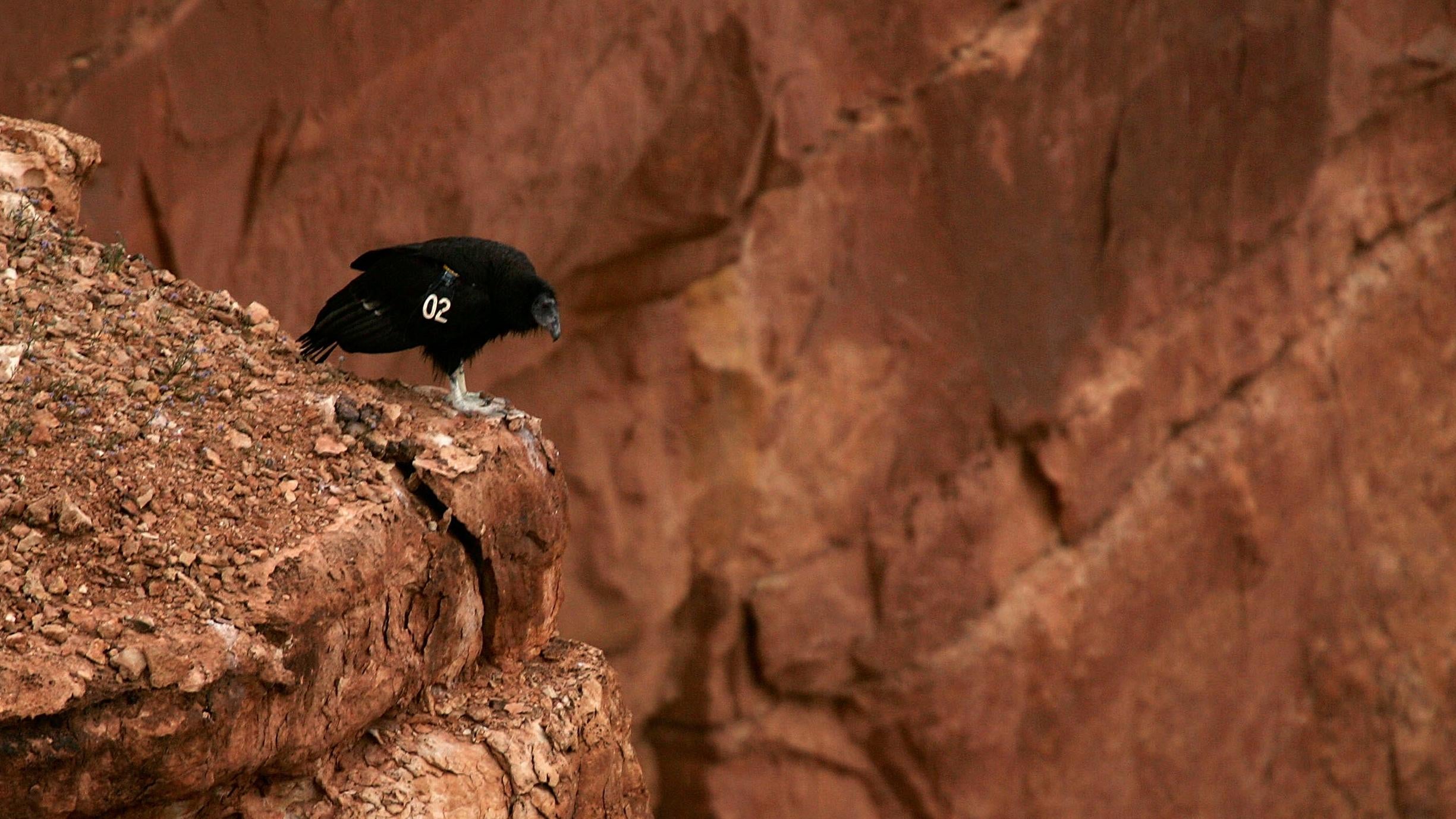In a truly double-take-inducing finding, geneticists recently surveyed a population of critically endangered California condors and found that two of the birds reproduced without actually mating.
This phenomenon, called parthenogenesis (a nice callback to Athena springing from Zeus’s head), happens occasionally in reptiles and fishes but rarely in birds. The scientists stumbled across the discovery when going back through the genetic records of the condors from the mid-2000s. Their findings were published today in the Journal of Heredity.
“It’s a remarkably improbable occurrence,” said Oliver Ryder, a geneticist at the Wildlife Alliance at the San Diego Zoo and co-lead author of the paper, in a phone call with Gizmodo. “In their lifetimes they weren’t even recognised to be parthenotes… we’re definitely keeping our eyes out anytime we get a batch of blood samples for testing.”
Condors are the largest birds in North America, with a nearly 3.05 m wingspan and weighing in at over 9 kg in some cases. The animals are mostly black with orange heads in adulthood. With an attractive ruff of black pointy feathers around their necks, they often look like they’re going to a fancy Halloween party.
This discovery — a “total goosebump moment,” Ryder said — occurred when the team was taking stock of the historic bird population to maintain the genetic health of the condors (when small populations of animals are being bred, there’s the risk of inbreeding, or genetic bottlenecks, which can make the animals less robust).
The team found that one male chick in the population did not share genetic information with the male condor presumed to be its father; the researchers then checked 487 other male birds for possible parentage, but none of them had bequeathed their genetics to the chick. Condors tend to be monogamous, but the male condors living with the condors that hatched the two chicks didn’t have similar DNA to the chicks. “Not even close,” Ryder said.
Both chicks were also homozygous for their mothers’ genetics at 21 marking points along their genetic code, and the team found that none of the other male birds qualified to be the fathers of either chick based on the differences in their DNA. Therefore, the team determined, the young bird was solely the makings of its mother.

Parthenogenesis is quite rare in birds. Previously, there have been documented cases in finches, pigeons, turkeys, and chickens — but never condors, and the finding has heightened significance given the condors endangered status. In 1982 there were only 22 birds alive. Established breeding programs have since boosted that number to over 500, but the animals remain at the brink of extinction.
The two chicks would be capable of reproduction, Ryder said. At least in theory. They’re both dead: Studbook #260 died at the Condor Sanctuary at Big Sur in 2003, and Studbook #517 died at the Oregon Zoo in 2017. But turkey parthenotes can reproduce, Ryder added, so the same likely applies for their carrion-loving cousins.
That said, it’s not like parthenogenesis can save a species from extinction. It’s an extremely rare phenomenon, and the rhyme or reason for its occurrence in the condors remains an enigma.
“We only now have the genetic tools to look at this in detail,” Ryder said. “Previously, parthenogenesis was really identified by seeing females who weren’t housed with males have offspring. But now we know the condor can have offspring while being housed with males and it begs the question, ‘Is this going on more than we know?’”
While the research team will keep plugging away at conservation, Ryder said they’ve likely deduced all they can from these two unexpected cases. But they’ll keep a eye out for more of these virgin births in the future.
More: California Condors Return to Sequoia National Park for First Time in 50 Years
